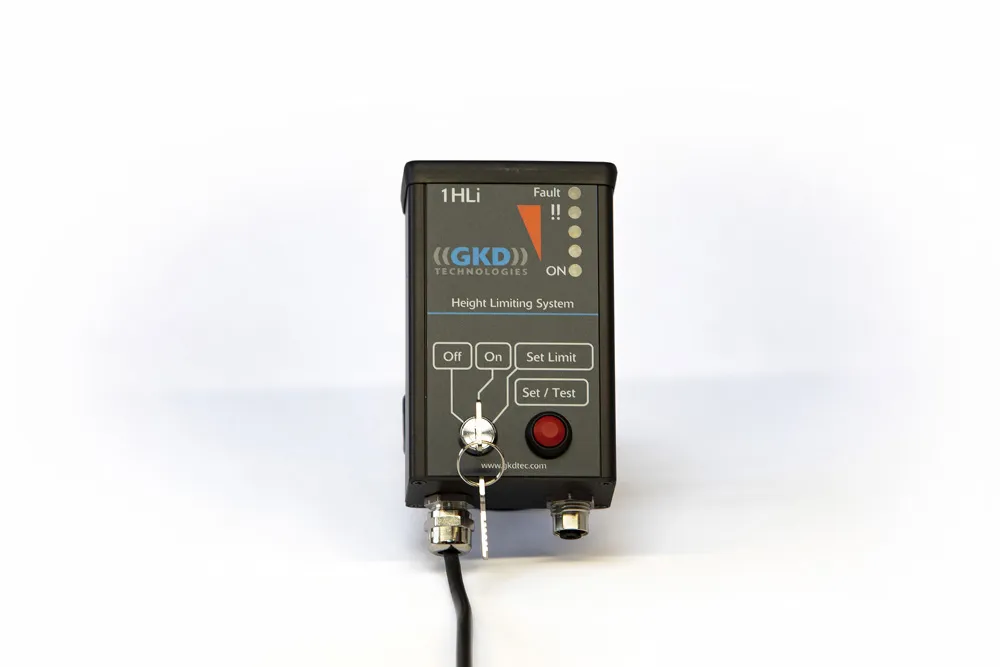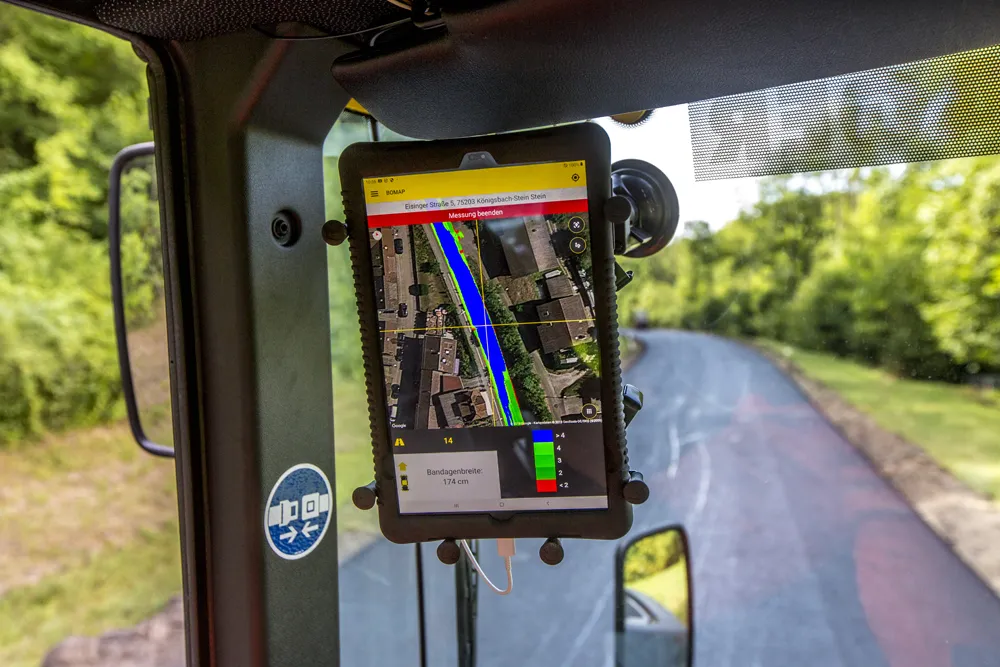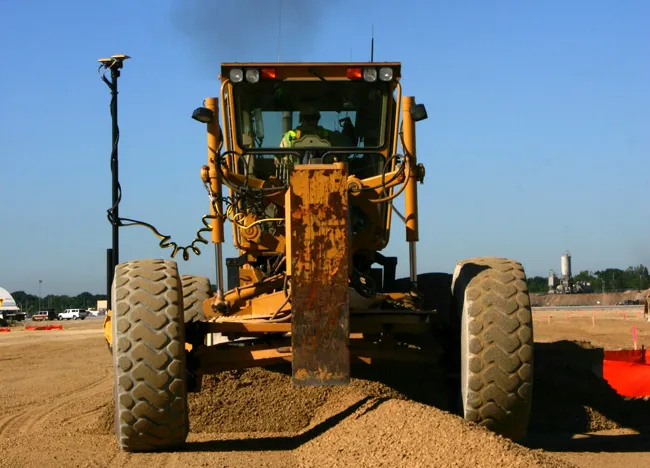
The firm says that this entry-level height limiting system is a simple, accurate and cost-effective tool designed to protect workers from overhead danger when operating in restricted conditions.
Once the system is installed, the machine operator can define a preset limit of the machine's boom using the 1HLI. This prevents movement of the boom outside of the preset limit. The unit monitors the angle of a single boom and provides a motion cut signal output when the angle is exceeded.
Demand for the unit has increased as the firm’s customers are becoming more aware of how important it is to fit a CE certified system.
The GKD’s 1HLI is said to be user friendly and 100% tamper-proof, while the firm also offers technical support over the telephone should a driver have any issues. The unit is said to be durable and long-lasting. In addition to excavators, the unit can be installed on telehandlers, the latest being a Cat TH580B Telehandler, which was working in an area where there were overhead powerlines.
Although the system is the same, the installation is quite different. GKD says that there are significant differences between boom shapes as well as how telehandlers and excavators operate, while the machines are designed for completely different tasks onsite.
But the 1HLi system can be calibrated and set to cope with these differences because of the gravity angle sensor, and its main ‘in cab’ control unit, which can easily read the boom angles. The unit also offers an early warning indication before the operator reaches the preset height limit.








